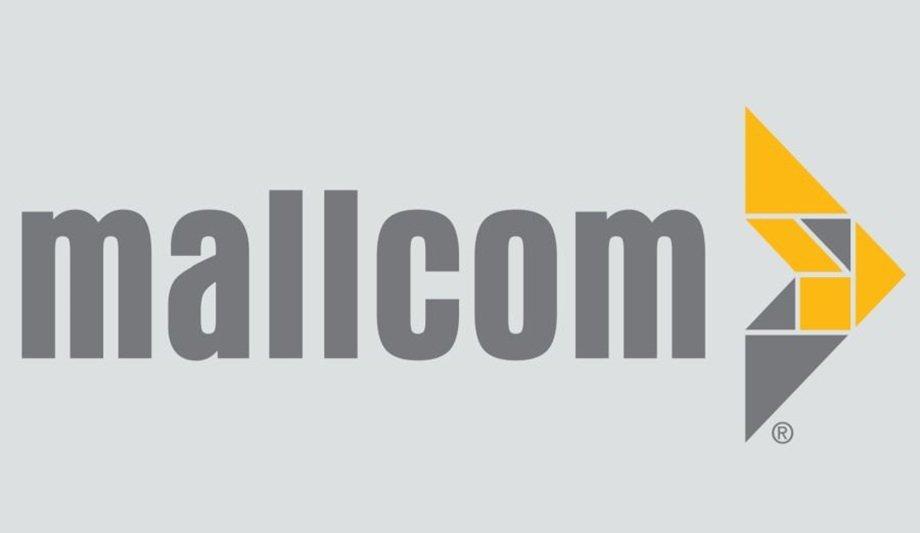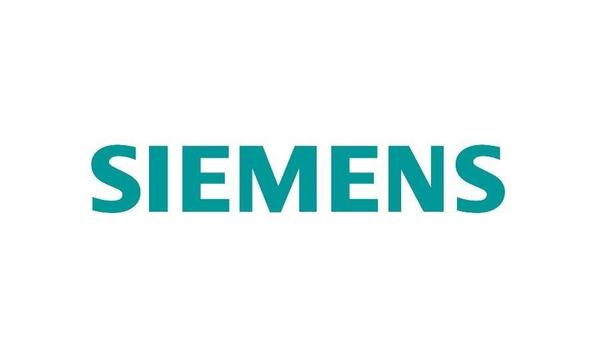Personal protective equipment or PPE refers to safety equipment that is used at workplaces. The primary purpose of PPE is to protect individuals wearing it from all sorts of minor or major accidents and injuries.
This kind of protective equipment is not only useful at workplaces, sporting activities, and other incidents that can harm the body can be avoided using PPE.
How does PPE work?
Various forms of protective equipment include skin protectors, eye protectors, hearing protectors
PPE acts as a barrier and reduces the chances of the users’ exposure to hazards. The various forms of protective equipment include skin protectors, eye protectors, hearing protectors, respiratory protectors, head protectors, protective clothing, and safety trainers or work shoes.
That said, the safety equipment needs to be manufactured as per the safety standards to make it appropriate for use, storage, and maintenance for a long period.
Industry participants are concentrating more on producing efficient and durable safety equipment that meets their universal clientele requirements.
Reliable sources and reports
With the help of some reliable sources and reports, let’s have a look at how India is performing in the PPE industry:
- The growing concern about compensation costs incurred due to workplace injury in various industries in India, such as transportation, chemicals, and manufacturing; is expected to push employers to adopt workplace safety standards. Personal protective equipment such as air-purifying respirators, safety helmets, and durable gloves have witnessed an upward surge in demand from underground mining, steel, oil and gas, and chemical industries in the last decade.
- As per the latest report by TechSci Research, prepared based on in-depth market analysis and with input from industry professionals, the personal protective equipment market in India is expected to grow at a CAGR of 14% till 2020.
- Integration of e-commerce channels for the procurement of PPE is an emerging trend in the Indian PPE market. The B2B e-commerce market in India is still in the development stage and therefore, offers massive potential for expansion and growth. This integration will allow customers to compare several products and check product reviews, videos, photos, and blogs, which are embedded with product information originating from the manufacturer. The market is expected to reach up to $700 billion by 2020.
- Protective equipment finds application across various industries in India such as construction, manufacturing, chemicals, and mining. The large number of workplace mishaps and the existence of strong rules and regulations in countries like North America, Europe, and other developing countries, are pushing the market growth. Developing countries such as China, India, Japan, and Australia hold huge growth potential.
- The construction industry in India is expected to have substantial growth over the next few years owing to increasing infrastructure expenses. The increase in demand for better public infrastructure, such as airports, harbors, rail transport systems, and roadways is expected to drive the construction industry.
- Thanks to R&D, better product standards, collaborations with associations, standards set by regulatory bodies, and government support for workplace safety-related initiatives, manufacturers can now deliver high-quality products. With technological advancements, the PPE market is expected to undergo significant developments and provide value-added products with affordable pricing, pioneering to the growth of the PPE market during the forecast period.
- In another report, Personal Protective Equipment: Global Markets, BCC Research suggests the global market for personal protective equipment will reach $45.1 billion and around $62.0 billion in 2017 and 2022, respectively, indicating a compound annual growth rate (CAGR) of 6.5%.
Research Highlights
- The construction and manufacturing sectors, the top consumers of PPE, are the most important drivers of growth in India.
- Transportation happens to be the fastest-growing segment, while the chemicals segment is expected to have stable growth.
- Potentially hazardous environments, the largest sector with revenues at $8.2 billion in 2016, should reach a 6.4% CAGR during the forecast period.















